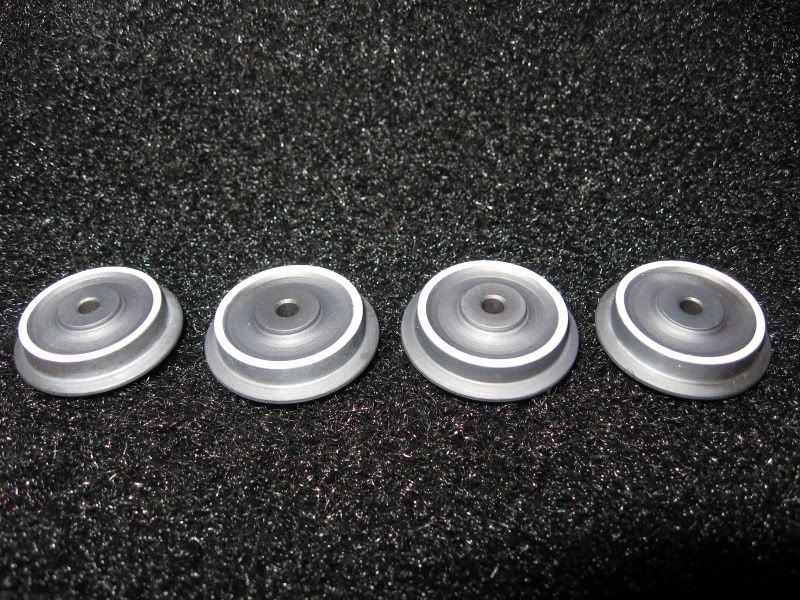Hello everyone;
I want to Blue - using heat in the way that tmuir does "Blue Screws" - some 12L14 air cooled finned cylinders (approx 1.5" dia, 2.0" long) for an Upshur engine. I've never done this and I'm not sure if it is possible with this size of part. Not looking for show class uniformity of color, just reasonable. I'd figured to pre-heat the parts in an oven then bring to final heat with a torch of some description - but what? What type of heat source will have the capacity to heat this size of part uniformly. Would propane/MAP do the trick or...?
I suppose my first question should have been does 12L14 respond and color in this way? Will the fins heat at a different rate and make uniforn color difficult to achieve?
Thanks for the help
Garry
I want to Blue - using heat in the way that tmuir does "Blue Screws" - some 12L14 air cooled finned cylinders (approx 1.5" dia, 2.0" long) for an Upshur engine. I've never done this and I'm not sure if it is possible with this size of part. Not looking for show class uniformity of color, just reasonable. I'd figured to pre-heat the parts in an oven then bring to final heat with a torch of some description - but what? What type of heat source will have the capacity to heat this size of part uniformly. Would propane/MAP do the trick or...?
I suppose my first question should have been does 12L14 respond and color in this way? Will the fins heat at a different rate and make uniforn color difficult to achieve?
Thanks for the help
Garry




































































